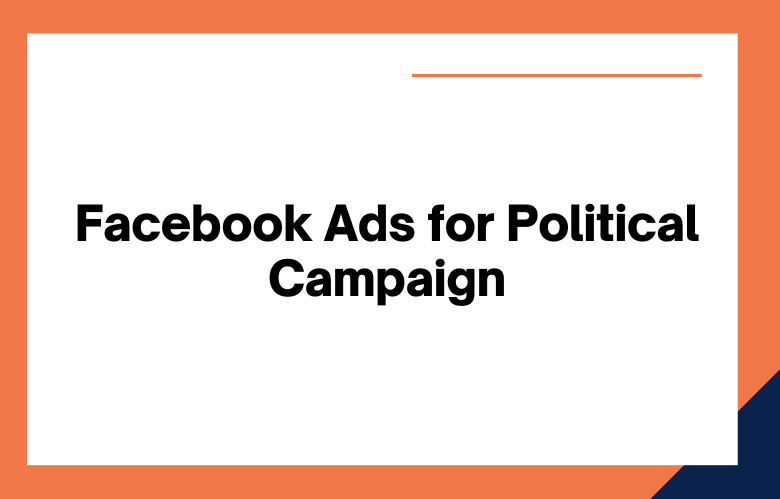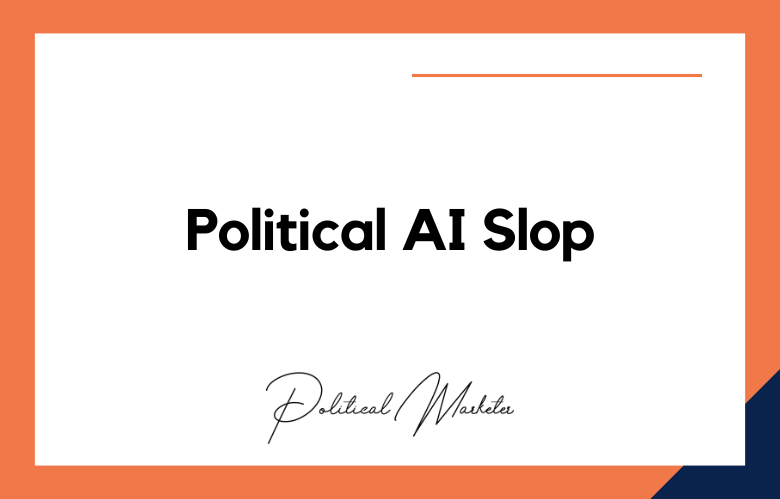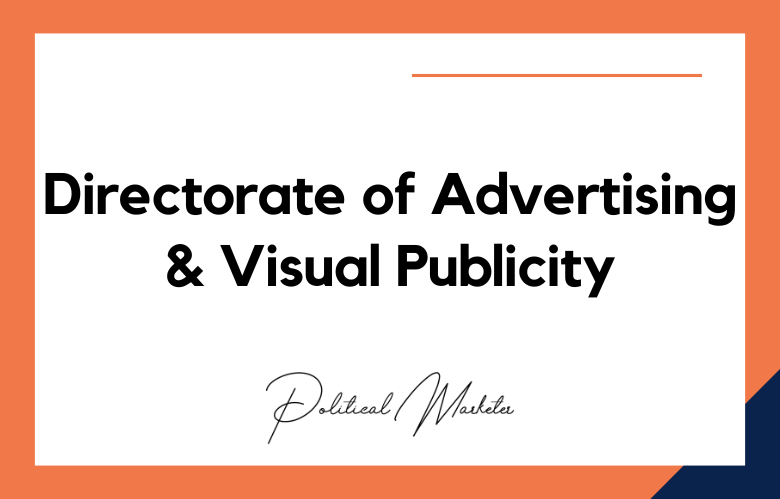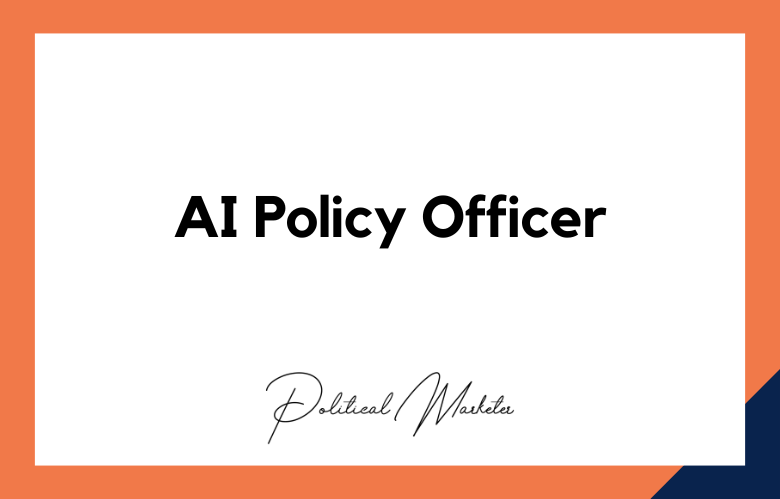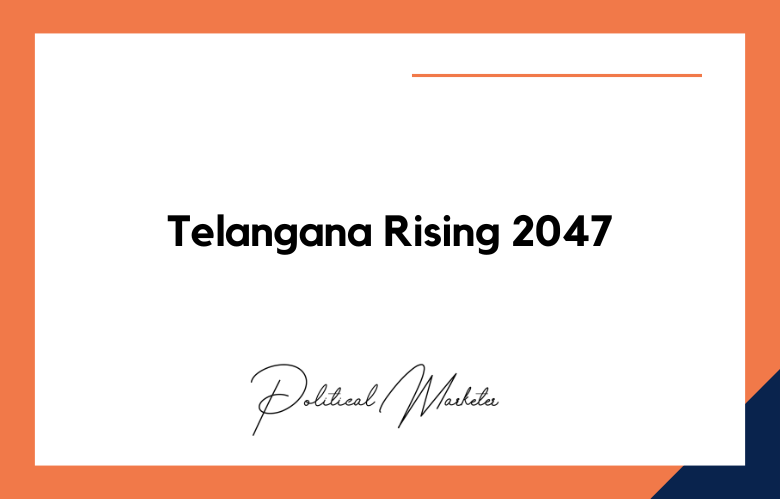In today’s digital world, using social media to reach potential voters is essential. One powerful tool that can help make your campaign successful is Facebook ads. With a few steps and some strategic planning, you can make the most of your ad campaigns to reach more people and gain more support for your political cause.
Let’s examine what it takes to start running political ads on Facebook.
Set up an Ad Account
The first step in running any ad on Facebook is setting up an ad account. This can be done in just a few steps; you only need your business name, address, and contact information.
Once you have created an account, you must upload payment information so your ads can run as soon as possible.
Create Your Ad
Once you have set up your ad account, the next step is creating your ad. You can run two ads on Facebook: sponsored stories and organic posts.
Sponsored stories appear in users’ news feeds and are paid for by advertisers, while organic posts appear on pages but require no payment from the advertiser. When creating an ad, you should consider both types to maximize exposure and reach more potential voters.
Create Your Ad Set
The first step in running a successful Facebook ad is creating an ad set that accurately reflects your campaign’s message and goals. It would help if you started by deciding who you want to target with your ad. To do this, you will use a combination of location, age range, gender, interests, and behaviors. For example, if you run for office in a specific city or state, you would probably want to target people within that geographic area.
Or, if your campaign is focused on issues related to young people, you would like to target an age range that includes those individuals. It would help if you also considered using interests and behaviors related to your campaign topics so that your ads will be seen by people who are likely interested in what you say.
Choose Your Ad Format
Once you’ve decided who to reach with your ad, it’s time to decide what format it should take. Do you want it as a video or image? Should it include text or animation? These critical decisions determine whether your message resonates with the audience or falls flat. Consider creating multiple versions of each ad with different formats so that you can test which ones work best before committing fully to one form.
Set up Your Ad Budget
Once you’ve created your ad set and chosen a format, it’s time to set a budget for how much money you want to spend on the campaign overall and how much money per day or week you want the ads to run for. It will help ensure the ads stay within budget while allowing them enough time on air to reach as many potential voters as possible.
Remember that many campaigns run multiple ads simultaneously to compare performance across different audiences and formats; if this interests you, ensure your budget allows it!
Start Running Your Ads
Once you have created your ads, it’s time to start running them! To do this, select which audience(s) you want to target with your ads, including age groups, locations, interests, or other demographic factors, depending on your campaign.
You should also determine how much money you want to spend on each ad; if done correctly, this can keep costs low while still delivering effective results for your campaign.
Set a schedule for when the ads will run – this allows for greater control over when potential voters see them and helps ensure they are seen at the optimal times throughout the day/week/month, etc.
Create Engaging Ads
The first step in running successful political ads on Facebook is creating engaging content to capture your audience’s attention. Your ad should include a clear and concise message about your campaign and an attention-grabbing headline or catchy slogan if you have one.
When crafting your ad, use language that resonates with your intended audience—you don’t want to alienate potential voters by using terms they don’t understand or are not familiar with!
Adding visuals such as photos or videos can boost engagement and make your ad memorable.
The content in your ads should be well-written, informative, and engaging. Ensure your content appeals to your target audience and communicates a clear message about what you stand for.
This will ensure that people are more likely to click through and learn more about you and your policies.
It’s also important to be timely—keep up with current events to ensure your content is relevant and topical.
Choose the Right Target Audience
The correct target market can make or break an ad campaign. To reach the right people, take some time to research demographics, interests, locations, gender, age groups, and other factors that influence who will see each post or ad.
You can also use tools like Facebook Pixel or Google Analytics to track engagement levels with previous campaigns. This helps you refine your targeting strategy over time, as it reveals which campaigns have been successful.
Analyze Your Results
Analyzing results from past campaigns is critical for success. When running an ad on Facebook, it’s important to track things such as impressions (how many times an ad was seen), clicks (how many clickthroughs were made), likes (how many people wanted an ad), shares (how many people shared an ad) and conversions (how many people took action after seeing an ad).
Tracking these metrics over time allows you to gain valuable insights into what works best for different audiences and adjust your strategy accordingly.
Target Your Audience Accurately
When it comes to targeting your audience, accuracy is critical. You want to ensure that only the people likely to vote for you see your ads, so use detailed demographic information when setting up your campaigns.
You can also target people based on interests, age range, gender, location, and more—all of which can be adjusted depending on who you’re trying to reach.
Consider utilizing retargeting tactics by creating custom audiences from existing contacts and website visitors so that you only show ads to those who have already engaged with your campaign in some way.
Test Your Ads Regularly
Once you’ve set up your ad campaigns and targeted them appropriately, you must regularly test them to ensure they perform well.
To do this, try running multiple variations of the same ad so you can see which one performs best—for example, try different headlines or visuals—and adjust accordingly based on what works best for each audience segment.
Track metrics such as clicks and impressions over time so you can better optimize your campaigns as needed.
Political Facebook Ads Consulting
Political Facebook Ads Consulting is a specialized service that allows organizations and campaigns to reach their target audience through targeted advertising.
This type of advertising allows campaigns to tailor their messaging toward specific audiences and track metrics such as cost-per-click, conversion rates, and impression reach.
Political Facebook Ads Consulting offers services such as strategizing and executing effective ad campaigns, designing creative ads that consider the latest design trends and platform optimization guidelines, managing campaign budgets, and analyzing data to ensure movements provide maximum impact.
They also guide topics such as social media listening and monitoring, audience segmentation, data archiving, A/B testing ad copy, implementing targeting strategies across multiple platforms such as Instagram and Google Ads Manager, creative development for specific channels like Snapchat or TikTok, effective reporting on campaign performance metrics like clickthrough rate or cost-per-acquisition (CPA), and other related services.
With all of these capabilities combined, Political Facebook Ads Consulting can help ensure that a political campaign’s digital advertising efforts successfully reach its intended audience while staying within budget.
Leveraging the Latest Facebook Ad Features for Political Campaign Success in 2024
Conclusion
When used correctly, advertising with Facebook can be a powerful tool for any political campaign looking to increase visibility and reach prospective voters.
By setting up an account, creating targeted ads, and controlling budgets accordingly, political campaigns can leverage social media’s power to connect with supporters in meaningful ways that will lead to positive outcomes come election day!
With these guidelines in mind, any political campaign should have no trouble starting to run successful political ads on Facebook!
Call: +91 9848321284
Email: [email protected]

